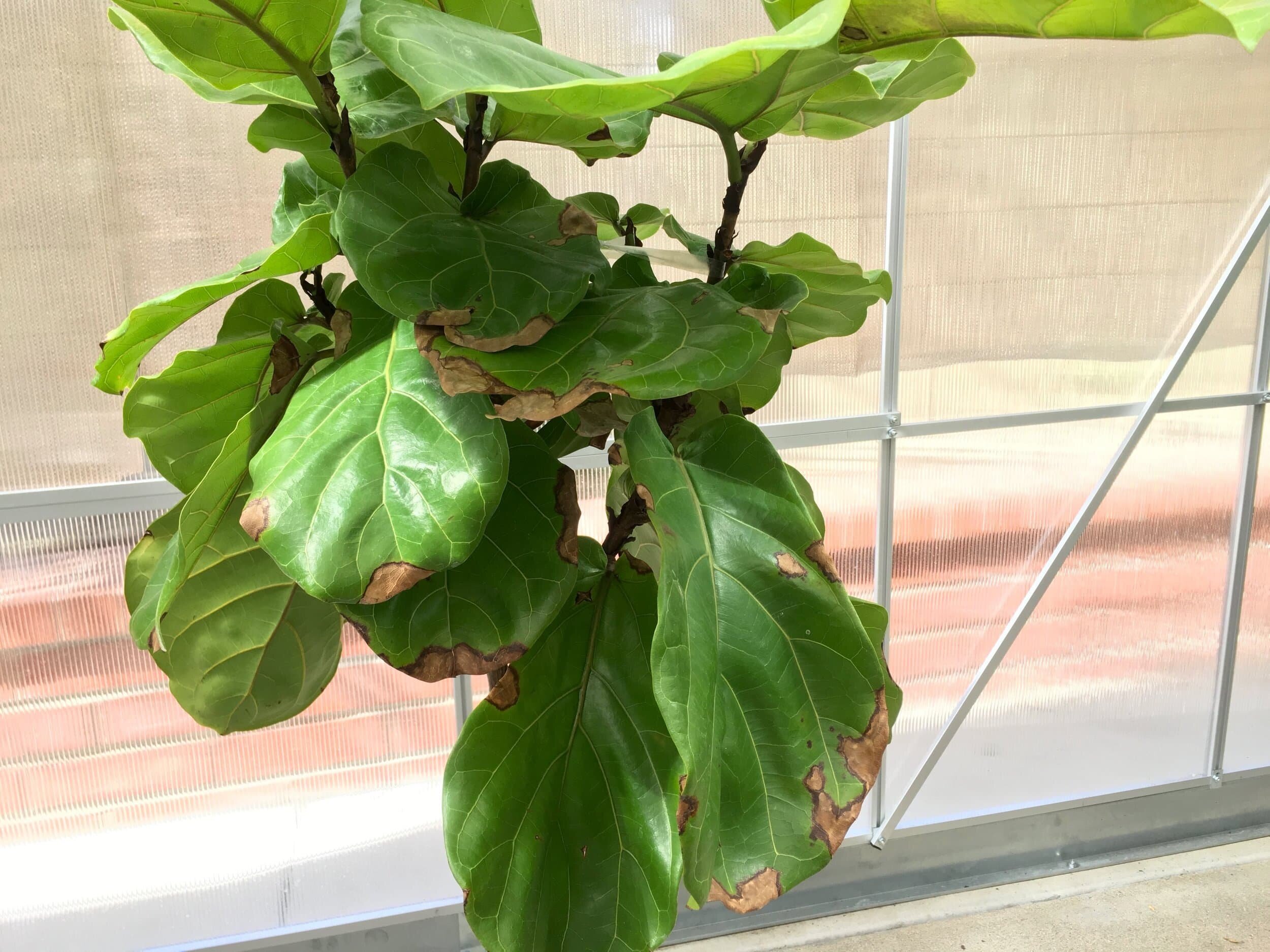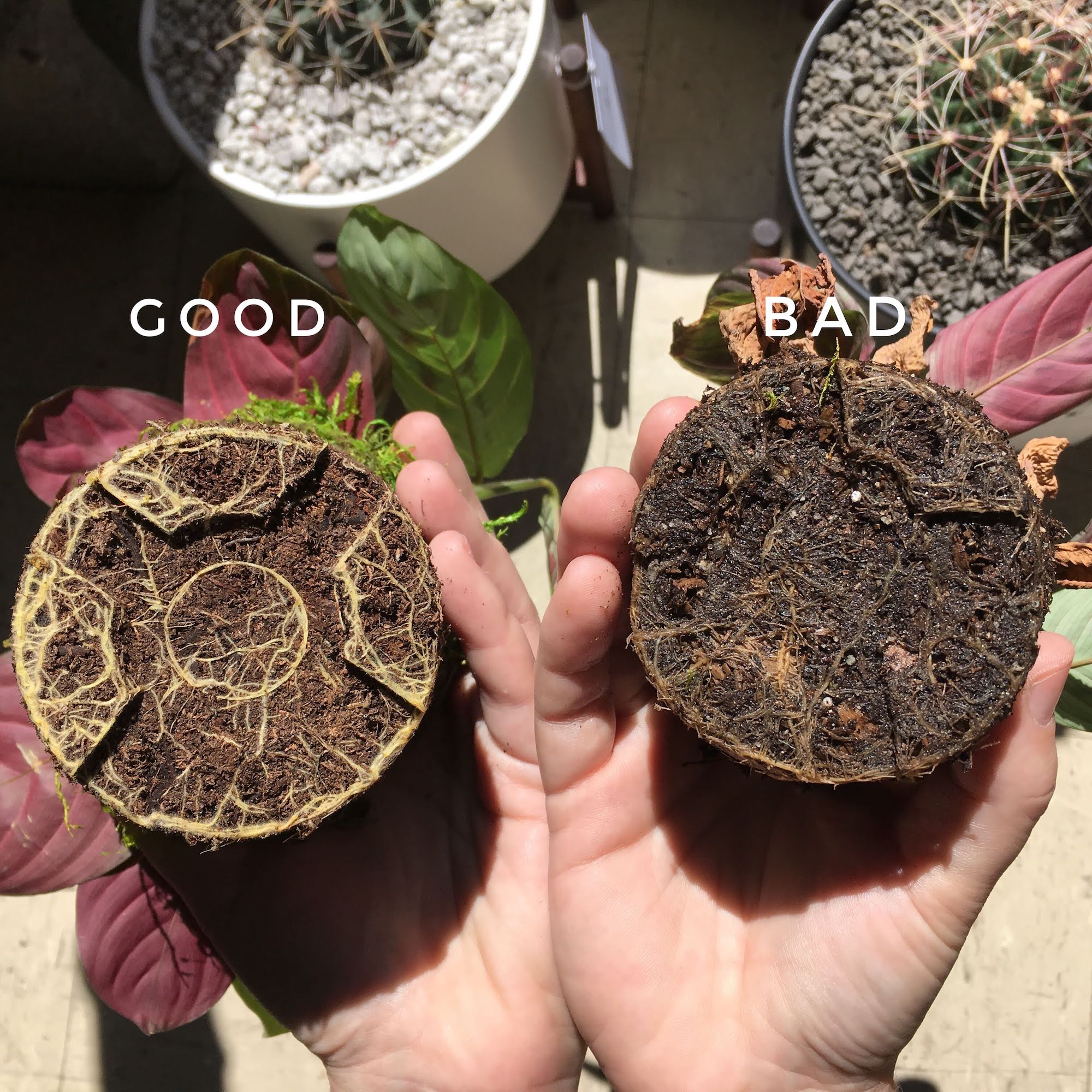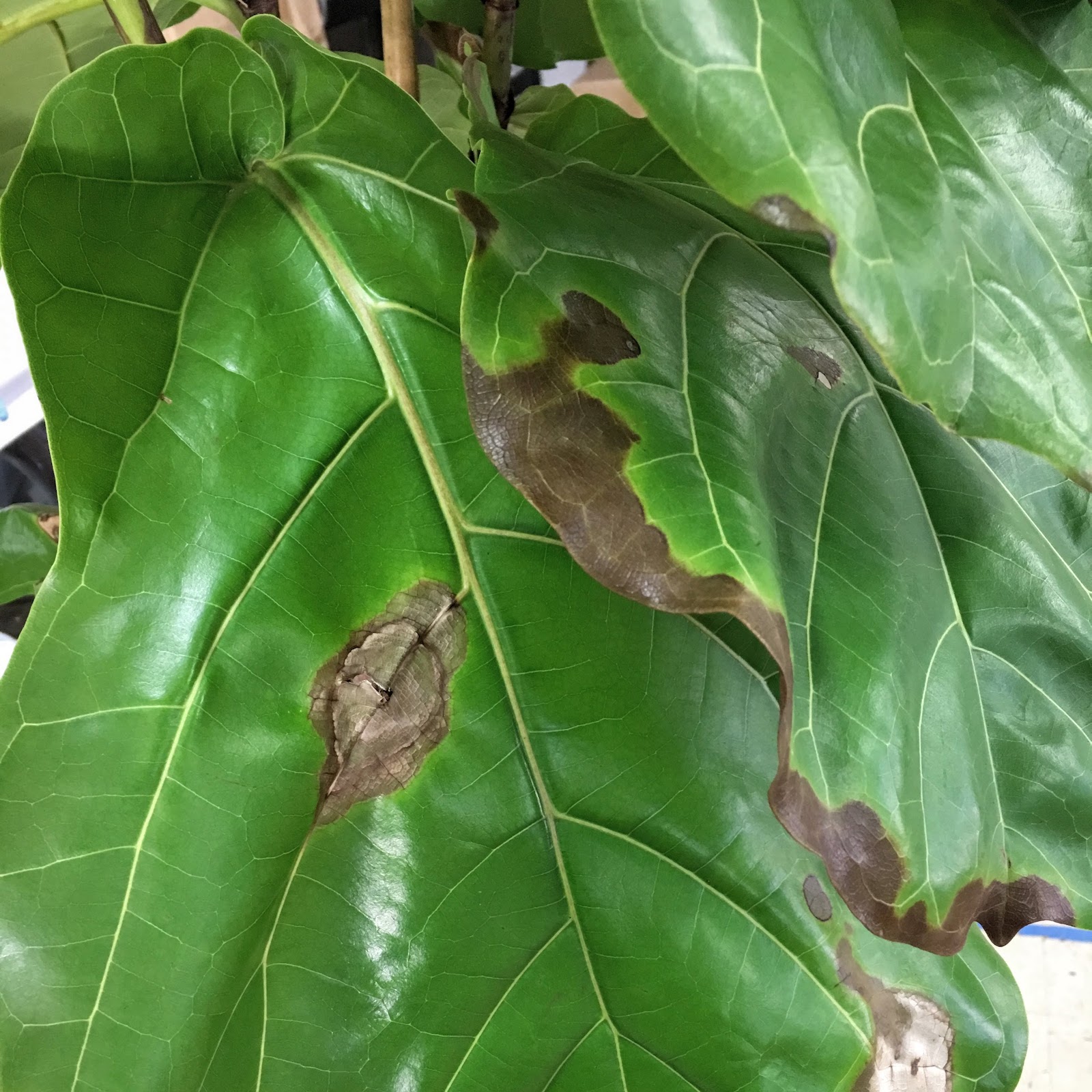The Kentia Palm is a classically elegant statement floor plant with gorgeous fan-like fronds of vibrant foliage. With its height and full canopy, this plant packs a punch: they’re an ideal choice for any space that needs a statement plant with real gravity and a luxurious, jungle aesthetic. Native to Lord Howe Island, off of the east coast of Australia, they appreciate humidity. So when your Kentia Palm exhibits dryness in its fronds or frond tips, the source of the issue often comes down to moisture. Read on to learn more about how to keep your Kentia Palm vividly green from stem to tip of leaf, and steps for resolving any brown tips it may become afflicted with.
Brown Tips: Insufficient Humidity
Kentia Palms are big fans of humid environments, which can be challenging to recreate at home. If you can’t bring yourself to run a humidifier for the sake of your plant friends, consider the following: it’s important to keep your Kentia Palm away from running ACs, heaters or vents, and any dry drafts from windows and doors. Dry and crispy frond tips are a sure sign that your Kentia is craving moisture, so plan on boosting its misting routine as well. Misting your plant liberally (up to 3-5 times a week) will make a tremendous difference. And if your Kentia Palm is placed within a few feet of an appliance that emits dry air, you will want to consider moving it.
Brown Tips: Underwatering
Ensure that you follow a consistent schedule when watering your Kentia Palm: keeping its topsoil slightly moist and watering when the top 2 inches of soil are dry to the touch is best.
How to fix brown tips: Trim, Trim, Trim!
Don’t be afraid to clean up your Kentia Palm’s brown tips by trimming them. Simply cut the brown areas off with clean, sharp scissors or shears, while following the natural curve of the blade. Give the tips a misting when you’re done.
Plant Doctor Support
If you follow the steps listed here and and your Kentia Palm continues to exhibit frond tips, reach out to our Plant Doctor service for a detailed assessment and support. Simply log into your Léon & George account, select “Contact Plant Doctor”, and attach images of both the Kentia Palm as a whole and close-ups of its brown tips. The Plant Doctor team will reach out to you with their assessment and guidance for care within 2-3 business days.
Read our full Kentia Palm care guide here.
Kentia Palm
Classic, lush featuring full, fan-shaped fronds, the Kentia Palm is a stunning statement floor plant with plenty of presence and an unforgettable aesthetic.





























